The World of Multifamily: A Marketer's Guide To Fair Housing Compliance
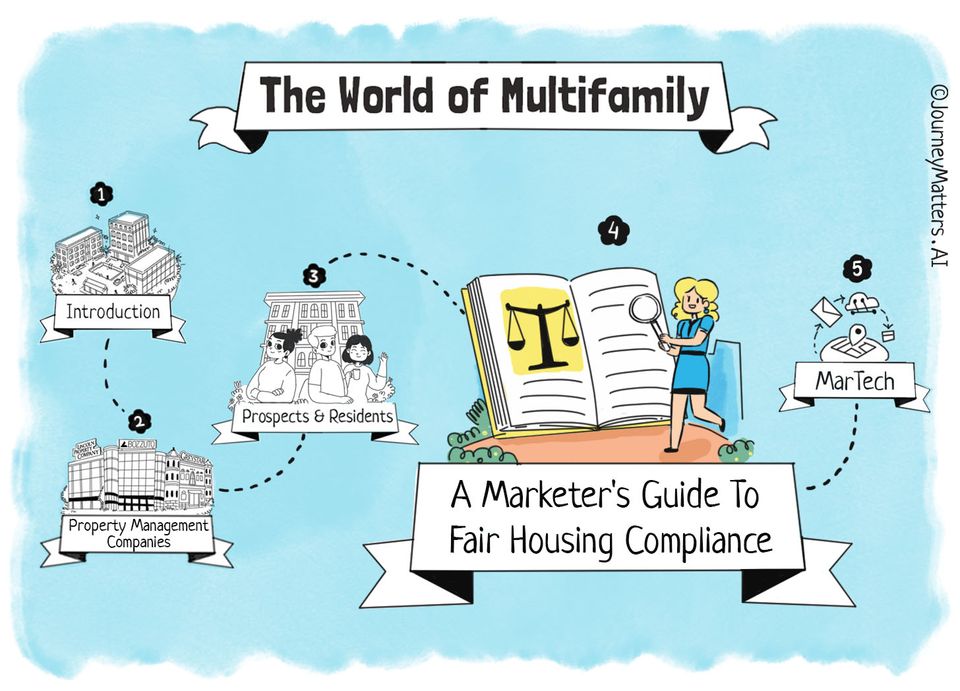
Summary
The Fair Housing Act has incredibly stringent and extensive requirements, which is why Fair Housing issues and violations are more common than you may think. If you are a marketer in the multifamily industry, you need to be aware of your responsibilities under the Fair Housing Act.
In this lesson, we will answer the following questions about Fair Housing and compliance:
- What is Fair Housing?
- What is ADA?
- As a multifamily marketer, how can you make your PMC Fair Housing compliant?
A brief history of FHA
Everyone deserves a secure and affordable place to live. But historically, discrimination has prevented members of vulnerable groups from realizing this dream. The Civil Rights Act of 1866[1] laid the foundation for equal property rights for all, regardless of race.
But it was only with the introduction of the federal Fair Housing Act in 1968[2] that color, national origin, religion, and sex were added as protected classes. The term “protected class” refers to groups of people who are legally protected from laws, practices, and policies that discriminate against them due to a shared characteristic.
With the signing of the Fair Housing Amendments Act(1988)[3], two more protected classes were added – families with children and people with disabilities.
What is Fair Housing?
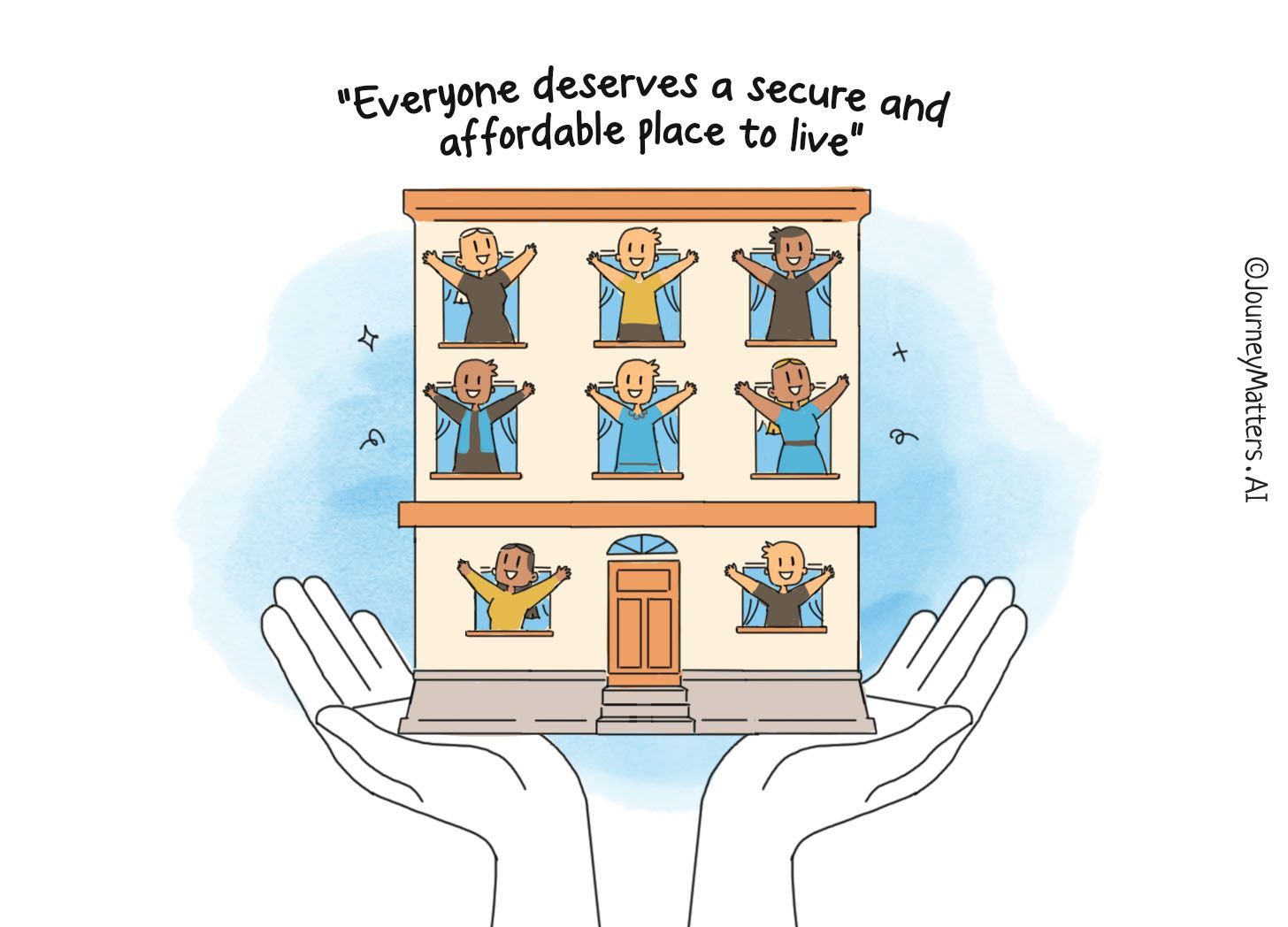
Fair Housing is the right to live in a home free of unlawful discrimination. It’s a law that prevents discrimination in the rental, purchase, sale, or financing of housing (public or private) based on the seven federally protected classes:
However, different states have their own interpretations of the Fair Housing act. For example, the housing laws in California[4] cover additional groups like creed, ancestry, gender identity, medical condition, sexual orientation, source of income/occupation, and other arbitrary discrimination. In Florida[5], however, the housing laws recognize only the seven federally protected classes.
What is ADA?
ADA, or The Americans with Disabilities Act (1990)[6], is a civil rights law that prohibits discrimination against individuals with disabilities in all areas of public life - jobs, schools, transportation, and all public and private places open to the general public. The law came into being to ensure people with disability have the same rights and opportunities as everyone else.
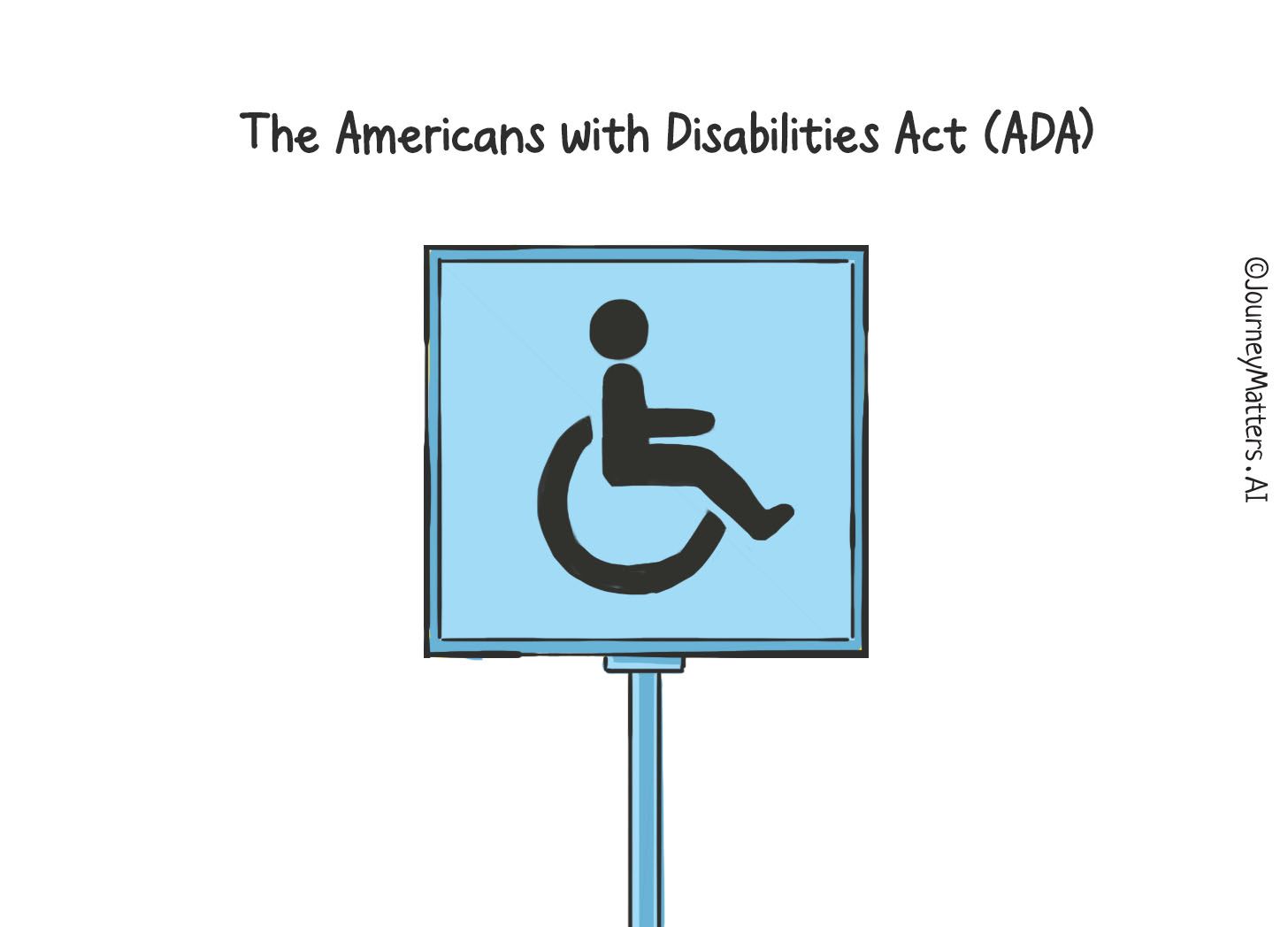
People who are protected under the ADA have a physical or mental impairment that substantially limits one or more major life activities. It also includes individuals who are regarded as having such an impairment or individuals with a record of such an impairment.
This law was amended as The Americans with Disabilities Act Amendments Act (ADAAA)[7] which came into effect on Jan 1, 2009. It provided that the definition of disability "shall be construed in favor of broad coverage of individuals under this Act." The law provides additional direction on the "major life activities" that must be substantially limited for an impairment to be a disability: the act lists specific examples of major life activities rather than leaving that phrase open to interpretation, as the ADA of 1990 did.
The non-exhaustive list of major life activities in the amended ADA includes caring for oneself, performing manual tasks, seeing, hearing, eating, sleeping, walking, standing, lifting, bending, speaking, breathing, learning, reading, concentrating, thinking, communicating, and working.
As a multifamily marketer, how can you make your PMC Fair Housing compliant?
As a multifamily marketer, you have to ensure that all advertising and marketing content follow the HUD guidelines. Fair Housing laws cover all types of advertising used for the rental process, be it a flyer, an ad on the radio, television, the internet, or word-of-mouth. Therefore, it is important that you have strict guidelines in place for keeping any Fair Housing violations in check.

These are some ways to keep your PMC Fair Housing compliant:
- Use the Fair Housing logo and access symbol on all marketing and advertising to show commitment to the laws.

You can use the Equal Housing Opportunity logo available in various sizes online[8].
2. Provide equal housing and accessibility statements on your website.
HUD's Equal Housing Opportunity Statement[9]:
We are pledged to the letter and spirit of U.S. policy for the achievement of equal housing opportunity throughout the Nation. We encourage and support an affirmative advertising and marketing program in which there are no barriers to obtaining housing because of race, color, religion, sex, handicap, familial status, or national origin.
Here’s how Bozzuto, a leading PMC, declares them:
3. Where the Equal Housing Opportunity statement is used, the advertisement must also include a statement regarding the coverage of any local Fair Housing laws prohibiting discrimination in the sale, rental, or financing of dwellings.
4. Avoid selective advertising as it is discriminatory. Some examples of selective advertising are:
- Selective geographic advertisement: This could include the strategic placement of billboards, brochure advertisements distributed within a specific geographic area, and so on.
- Selective use of equal opportunity slogan or logo: The slogan or logo for equal housing opportunity may be used selectively in advertising for some properties and not others or in advertising that targets some geographic areas but not others.
5. In any advertising, avoid using language that shows a preference or discourages anyone because of a protected class. For example: Don’t use phrases such as “couples only,” “near church(es),” etc.
6. Avoid using imagery that is discriminatory to any protected class. For example, portray a mixed group of people representing the population as a whole.

7. Make your digital marketing efforts accessible by ensuring you:
- Add alt text with images.
- Make all your forms and CTAs accessible.
- Provide in-sync captioning of videos.
When it comes to more concrete guidelines, the Web Content Accessibility Guidelines (WCAG)[12] are used as the standard to gauge whether websites are accessible.
Conclusion
As we all know, housing is more than just a roof over one's head. Individuals and families with access to Fair Housing can lead better lives and build their futures without anything holding them back.
We hope this lesson gave you a clear picture of Fair Housing and how you can make your marketing Fair Housing compliant.
With this, we are nearing the end of our "World of Multifamily" series. Our next and final lesson will shed light on Marketing Technology (MarTech) and its role in multifamily.
Have you read the previous parts of this series yet? Find them here:
- The World of Multifamily: Introduction
- The World of Multifamily: PMCs
- The World of Multifamily: Prospects & Residents
Time for some feedback. Did we miss an important lesson? Did we mess up on a concept? Help us improve these lessons so everyone in multifamily can benefit.
Resources
- Civil Rights Act of 1866
- Fair Housing Act of 1968
- Fair Housing Amendments Act(1988)
- California Housing Laws
- Florida Housing Laws
- The Americans with Disabilities Act (1990)
- The Americans with Disabilities Act Amendments Act (2008)
- HUD Graphics
- HUD Website
- Bozzuto FHA Declaration
- Bozzuto Accessibility Statement
- Web Content Accessibility Guidelines

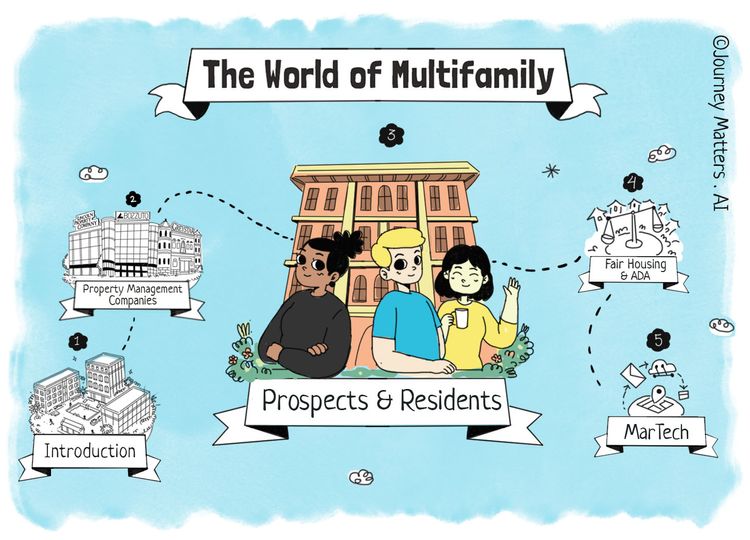
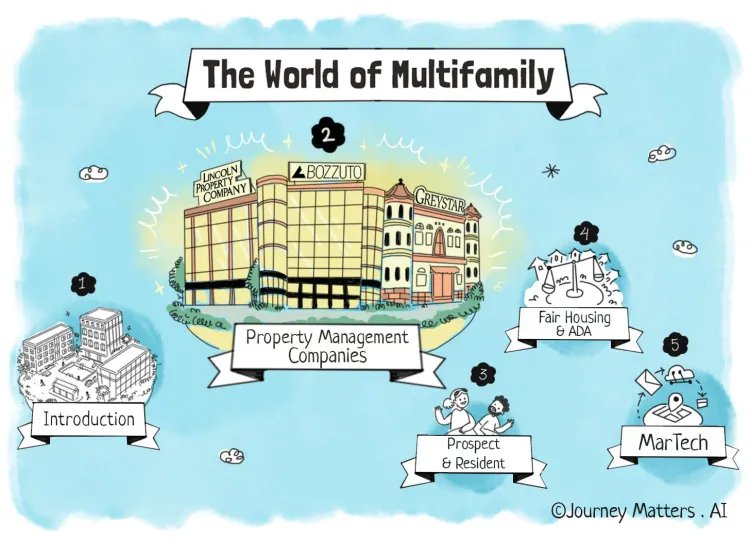

Member discussion